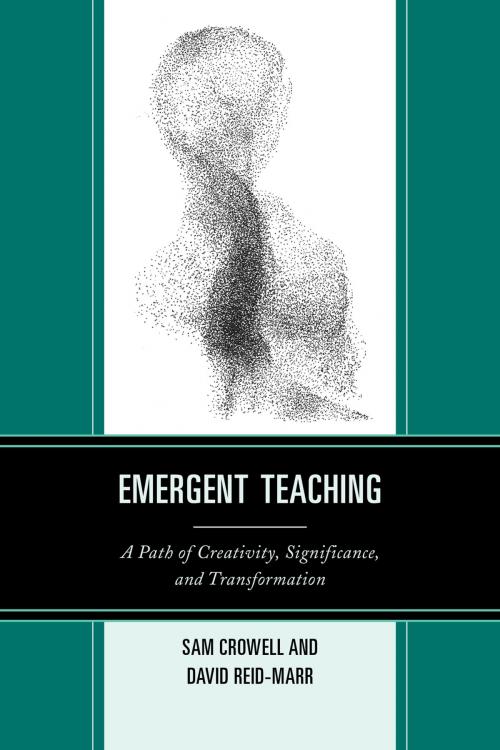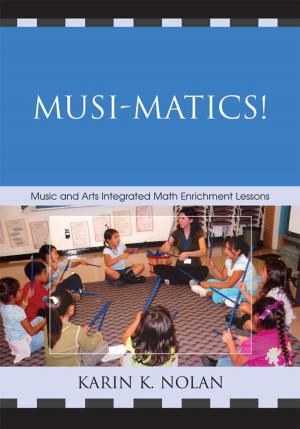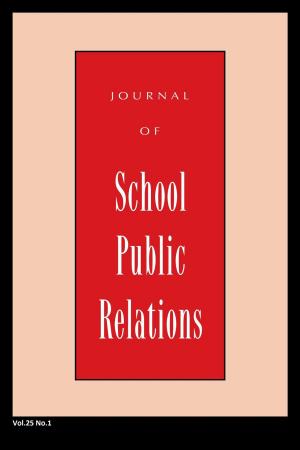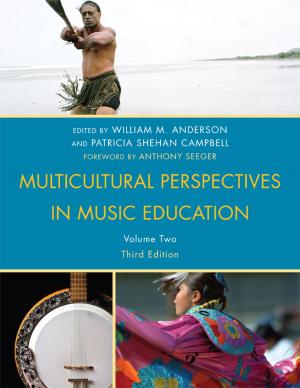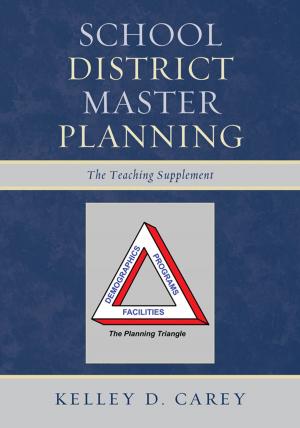Emergent Teaching
A Path of Creativity, Significance, and Transformation
Nonfiction, Reference & Language, Education & Teaching, Educational Theory, Curricula, Philosophy & Social Aspects, Teaching, Teaching Methods| Author: | David Reid-Marr, Sam Crowell | ISBN: | 9781475802566 |
| Publisher: | R&L Education | Publication: | January 16, 2013 |
| Imprint: | R&L Education | Language: | English |
| Author: | David Reid-Marr, Sam Crowell |
| ISBN: | 9781475802566 |
| Publisher: | R&L Education |
| Publication: | January 16, 2013 |
| Imprint: | R&L Education |
| Language: | English |
Emergent Teaching inspires teachers to teach with more spontaneity and creativity within an educational environment that is highly constrained. It demonstrates, through descriptive stories, creative strategies and provides an intellectual foundation for emergent teaching. The authors show how teachers can relate subject matter to students’ lives and experience. They illustrate rituals and processes that help establish a caring learning community. Finally, the book applies the theories of complexity and chaos while reaffirming the natural wisdom that teachers possess within themselves. The authors have chosen a narrative format that “models” rather than “tells,” and encourages readers to connect to their own stories and experiences.
The book is consistent with the theoretical understandings and research in the complexity sciences but takes a narrative approach, giving examples and illustrations of ideas through stories, myths, and parables that act as metaphors and illustrations. Key topics and practices embedded in these stories include
- teaching the whole person
- strategies for creative teaching
- new understandings of process
- meaning-centered learning
- building community in the classroom
- strengthening the student/teacher relationship
- project-based learning
- using art and nature in teaching
- embodied learning
- incorporating story and narrative in teaching
- rites of passage
- embracing the unpredictable, uncharted spaces in teaching
Emergent Teaching inspires teachers to teach with more spontaneity and creativity within an educational environment that is highly constrained. It demonstrates, through descriptive stories, creative strategies and provides an intellectual foundation for emergent teaching. The authors show how teachers can relate subject matter to students’ lives and experience. They illustrate rituals and processes that help establish a caring learning community. Finally, the book applies the theories of complexity and chaos while reaffirming the natural wisdom that teachers possess within themselves. The authors have chosen a narrative format that “models” rather than “tells,” and encourages readers to connect to their own stories and experiences.
The book is consistent with the theoretical understandings and research in the complexity sciences but takes a narrative approach, giving examples and illustrations of ideas through stories, myths, and parables that act as metaphors and illustrations. Key topics and practices embedded in these stories include
- teaching the whole person
- strategies for creative teaching
- new understandings of process
- meaning-centered learning
- building community in the classroom
- strengthening the student/teacher relationship
- project-based learning
- using art and nature in teaching
- embodied learning
- incorporating story and narrative in teaching
- rites of passage
- embracing the unpredictable, uncharted spaces in teaching
